(3391 products available)



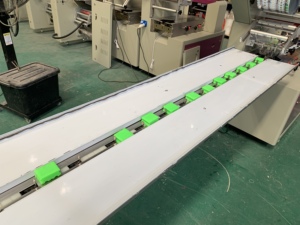

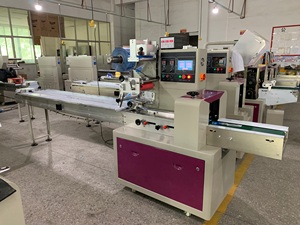

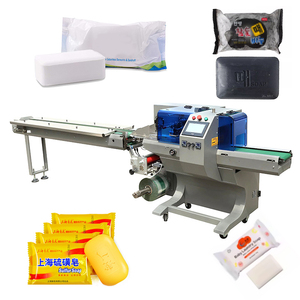














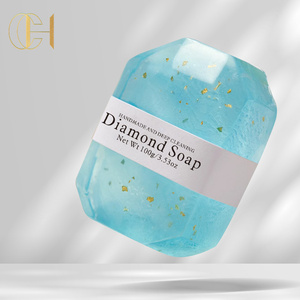








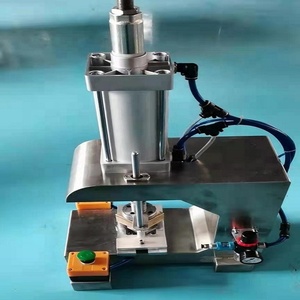


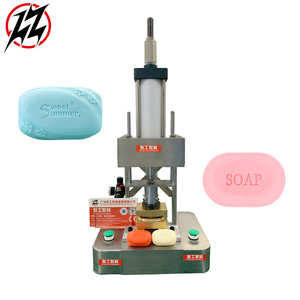




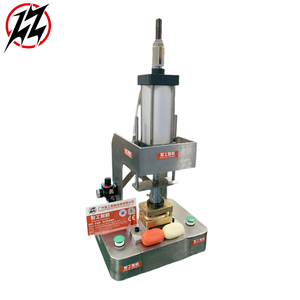










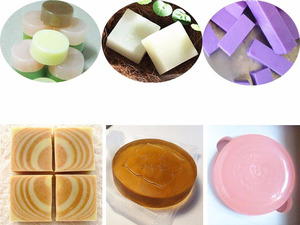



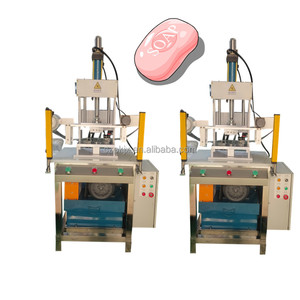

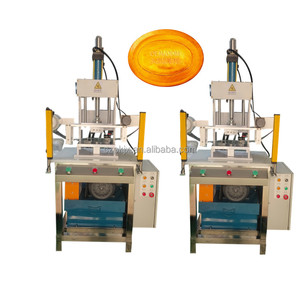







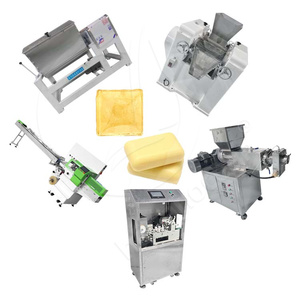

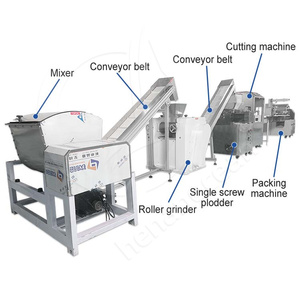






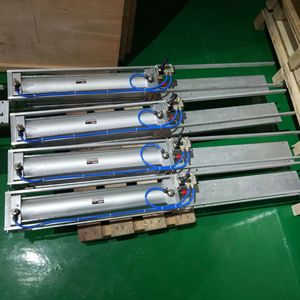

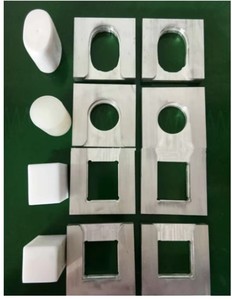










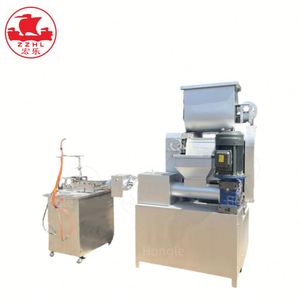
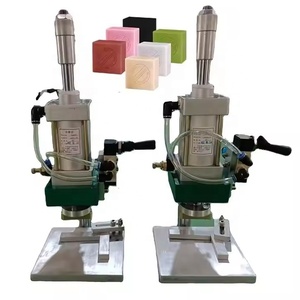

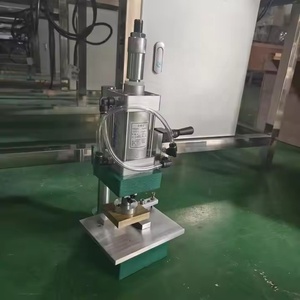









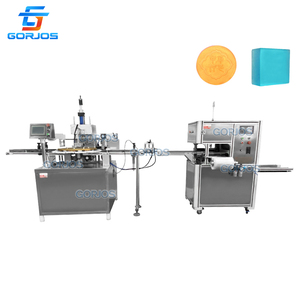




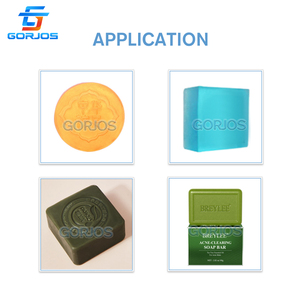
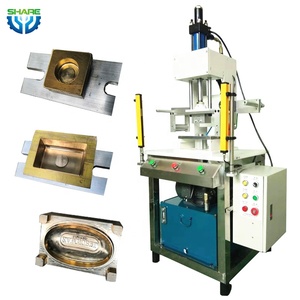




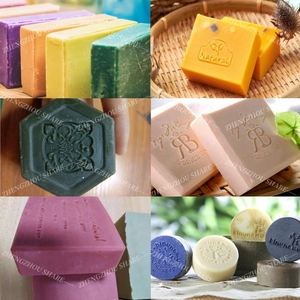
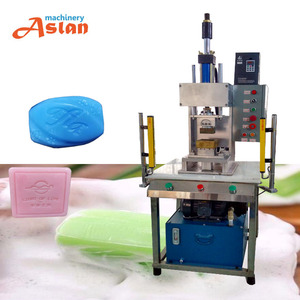






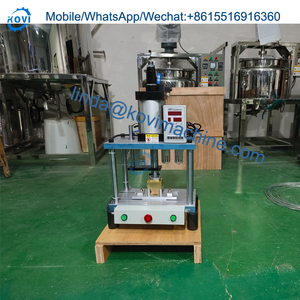







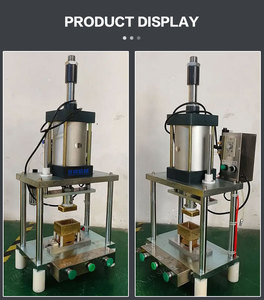
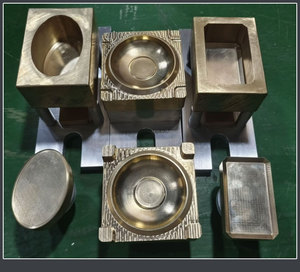

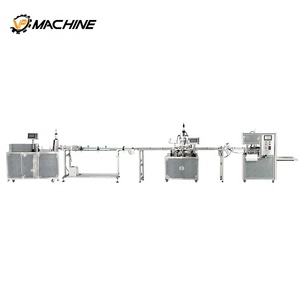

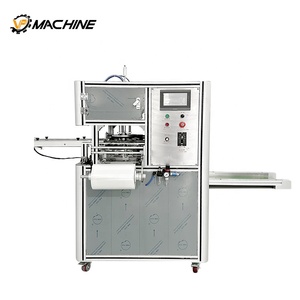


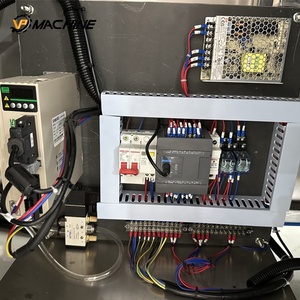
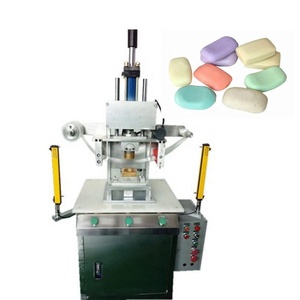
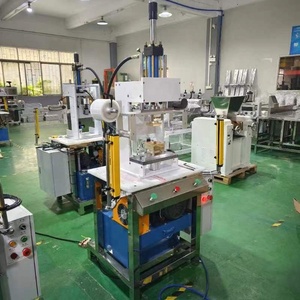
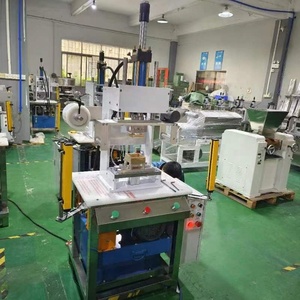











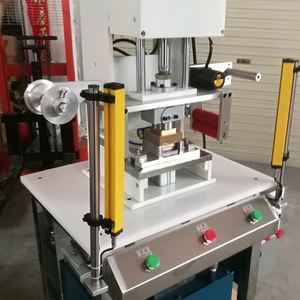

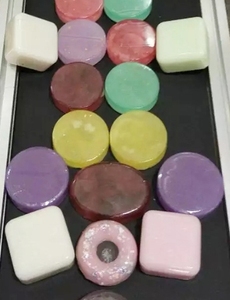







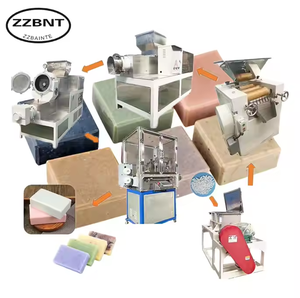
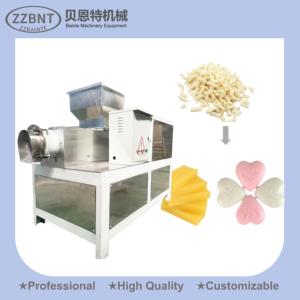




A bar soap shaping machine is commonly used in commercial bar soap production, creating bars of soap in various sizes and shapes. The machine compresses and shapes the soap into molds once the base is extruded. Different machines cater to different production needs. Here are the main types:
Manual Bar Soap Molding Machines
Manufacturers operate these machines by hand. They are basic machines that typically have a hopper for the soap and a mold that the operator manually fills up. The advantages of these machines are their low cost and simplicity. They are suitable for small-scale soap producers who want to make custom shapes and sizes of soap bars.
Semi-Automatic Bar Soap Molding Machines
These machines automate some functions, like pressing the soap into the mold, while other tasks are still done manually. They require less labor than manual machines but still rely some on operator input. They are a step up for soap businesses looking to increase production capacity without a large investment.
Fully Automatic Bar Soap Molding Machines
Fully automatic machines handle all processes from soap extrusion to molding and cutting independently. The soap is extruded from the auger and then shaped into bars by the molding machine. These machines have higher production capabilities and can make consistent bars of soap with smooth finishes. They suit larger soap manufacturers that require high volumes of soap per hour and uniformity in the bars produced.
Rotary and Continuous Bar Soap Machines
Rotary machines use a series of molds and rotating mechanisms to shape the soap, while continuous machines have a single mold that shapes the soap continuously. Both types can scale up production significantly compared to the previous models mentioned. They can produce several hundred bars of soap per hour.
Production capacity
The production capacity of the bar soap shaping machine determines how much soap it can mold and shape within a given time. Choose a machine with a production capacity that meets the desired output requirements. Consider factors like the number of soaps needed daily and the machine's efficiency in meeting those targets.
Customization options
Consider machines that offer customization options. This allows making unique soaps to meet specific needs. Look for machinery that can mold different shapes and sizes to create special bars of soap that appeal to the market and meet individual customer's preferences.
Ease of operation
Choose a molding machine easy to operate. Look for those with simple controls and easy-to-understand operating instructions. This will ensure that the machine can be easily operated by the workers, which helps increase efficiency and reduce mistakes during the molding and shaping of the soap.
Maintenance and support
Choose a machine that is easy to maintain and has readily available spare parts. This will reduce the production downtime due to machine failure. Also, check if the manufacturers offer good after-sale services, which include providing a clear manual on how to operate and maintain the machine.
Cost
Consider the initial cost of purchasing the machine and the ongoing operational and maintenance costs. Look for a machine that fits the budget but still meets all the required expectations. Strike a balance between cost and quality to get a machine that will provide quality services for many years.
Reviews and recommendations
Check the reviews of other customers who have purchased the same machine. This will give insight into its performance and reliability. Also, seek recommendations from other soap manufacturers to get first-hand information about the machine’s efficiency, customer support from the manufacturers, and overall satisfaction from other users.
Prepare the Soap Mixture
Make the soap mixture by heating oils and lye water until the oils thicken. Divide the mixture and add desired colors and scents. Pour the mixture into molds and let it solidify.
Load the Machine
Once the soap has dried thoroughly, remove it from the molds and cut it into manageable blocks. These blocks can then be fed into the shaping machine. Ensure the blocks are small enough to fit into the machine's opening and feed them according to the manufacturer's instructions.
Shape the Soap
As the blocks pass through the machine, they will be shaped into the desired form as specified by the shaping mold. The machine can cut and mold the soap into various shapes, including bars and intricate designs. Some machines may require manual operation, while others are fully automatic.
Collect and Cure the Shaped Bars
The shaped soap bars will exit the machine and be collected accordingly. It's important to note that newly shaped soaps often require some curing time. This curing period allows excess moisture to leave the soap, hardening it for a longer-lasting use. The curing time may vary depending on the soap recipe, but typically, it ranges from a few days to a couple of weeks.
Packaging and Storage
Once the soaps have cured, they can be packaged for storage or sale. Ensure they are stored in a cool, dry place or wrapped in packaging material that will not absorb moisture. Proper storage ensures that the soap maintains its quality and does not get affected by environmental factors.
Select a Suitable Location
The first step in installing a soap shaping machine is choosing an appropriate place. This location should be level, sturdy, and close to a power source. Also, ensure the space is well-ventilated to dissipate any heat or fumes from the soap mixture.
Assemble the Machine
Follow the manufacturer's instructions to assemble the machine. Most machines come pre-assembled, so all one has to do is fix some parts. Ensure all parts are tightly fixed to avoid vibrations during operation.
Connect to Power Source
Once the machine is assembled, the next step is to connect it to the power source. Ensure that the voltage rating of the machine matches the power source's voltage. Use the appropriate plug and avoid overloading the circuit by running multiple machines simultaneously.
Test the Machine
After installation, one should run a test to ensure everything works properly. Turn on the machine and listen for any unusual sounds. Check the shaping and cutting functions to ensure they work smoothly. If any issues arise, consult the manufacturer's customer service or manual for troubleshooting.
Use Appropriate Power Source
Every soap shaping machine has a specific voltage range it operates on. Using a higher voltage can blow the machine, while a lower voltage can cause it to underperform. Always check the voltage rating and ensure it matches the power source's voltage. Also, avoid overloading the circuit by connecting multiple machines.
Maintain Proper Hygiene
Any soap formation machine is prone to bacteria buildup if not properly cleaned after use. Ensure the machine is cleaned thoroughly with the newly shaped soap bars. Use a damp cloth to clean all parts that come into contact with the soap and dry them properly. Leaving them wet can cause rust, affecting the machine's lifespan. Also, turn on the soap shaping machine and let it run for a few seconds to clean the insides.
Do Not Overload the Machine
Every soap shaping machine has a specific capacity it can handle. Exceeding this capacity can damage the machine's motor or cause it to jam. Always refer to the manufacturer's manual for the machine's capacity and stick to it.
Check for Damaged Parts
Before using the machine, ensure all parts are intact. Any damaged part can cause the machine to malfunction or, worse, an accident. If any part is damaged, contact the manufacturer for replacements before using the machine.
Forms/shapes soap:
The primary function of the soap shaping machine is to form and shape bar soaps. It does this by molding the wet soap into desirable shapes and sizes.
Uniformity:
These machines ensure that all produced bars of soap have the same size, weight, and shape. This uniformity is vital for mass production.
Cutting:
Some advanced machines can also cut the soap into specific sizes or shapes after molding it.
Capacity
The capacity of soap shaping machines ranges from small-scale to industrial-grade machines. Small-scale machines can produce 1-5 kg of soap daily. Industrial-grade machines can produce 1000 kg or more daily.
Material:
Bar soap shaping machines are made from stainless steel and cast iron. Stainless steel machines are more durable and resistant to corrosion and rusting. They are also easier to clean and maintain. Stainless steel is lightweight, making it easier for soap makers to operate molding machines. Cast iron machines are known for handling heavy workloads and high production demands. They have a longer lifespan and can withstand harsh operating conditions.
Power:
Bar soap shaping machines can be manual, semi-automatic, or fully automatic. Manual machines require human input to operate the molding and shaping processes. This makes mass production with manual machines tedious and time-consuming. Soap makers can use semi-automatic and fully automatic machines to achieve higher production levels. The machines operate independently with little or no human input. The machine operates with the help of an electric motor or hydraulic power.
Advanced features:
Some advanced features include digital control panels, interchangeable molds, and heating elements. The digital control panel allows soap makers to control the speed, temperature, and production capacity. Some machines have interchangeable molds that make different shapes and sizes of soaps. The heating element ensures the soap has the right consistency before molding.
Bar soap shaping machine parts:
A bar soap shaping machine has components like a mixer, molding section, cutting section, control panel, and conveyor belt. The mixer mixes the oils, lye, and additives to form the soap. The molding section molds the wet soap into bars. Some machines have a separate cutting section that cuts the soap into specific sizes. The control panel allows soap makers to control the speed, temperature, and production capacity. The conveyor belt transports the molded soap bars for further processing or packaging.
Q1. Can the bar soap shaping machine make soaps in different shapes?
A1. Yes. The molding machine for soap can make bars in many shapes and sizes. It can mold bars with intricate designs, like flowers or logos, and basic rectangular shapes. The machine's versatility lets producers meet customers' demands by making various soaps.
Q2. Is the bar soap shaping machine easy to clean and maintain?
A2. Many machines have detachable molds and components that make cleaning easy. Some manufacturers use smooth surfaces to prevent soap buildup. Regular maintenance involves checking the molds and moving parts for wear and tear. Most machines come with cleaning and maintenance instructions from the manufacturer.
Q3. Does the bar soap shaping machine have safety features?
A3. Yes, the machine has safety features that protect operators from injuries. It has emergency stop buttons and safety guards around moving parts. Some machines also have sensors that detect when a part is jammed and stop the machine.
Q4. Is there training for new operators of the bar soap shaping machine?
A4. Many manufacturers offer training for new operators. Some provide videos and manuals that explain the machine's features and how to operate it. The training may include proper cleaning and maintenance, troubleshooting common problems, and safety practices.